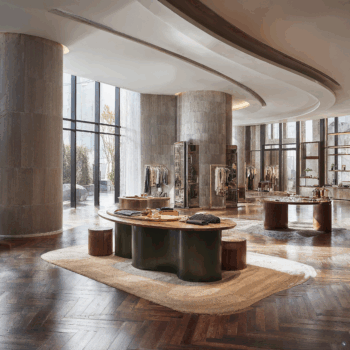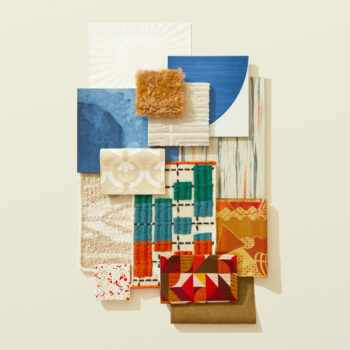
Elevate your office design with strategic flooring choices for a productive workplace.
In modern workplace design, the floor is more than just a surface to walk on—it’s a powerful tool that can enhance the functionality, aesthetics, and overall experience of the office environment. This strategic use of flooring transforms it into a dynamic element that supports productivity, communication, and well-being. Here’s how you can make your workplace floor do more: blend practicality with style to create an inviting and efficient space.
Different colors, textures, and patterns can be employed to define and delineate areas within an office layout. Using darker carpet tiles with subtle patterns can designate high-traffic corridors, guiding movement and creating visual pathways. These darker tones help to naturally direct foot traffic and can withstand the wear and tear of heavy use, ensuring that the pathways remain visually appealing over time.
Lighter tones and softer textures can be used in work areas to foster a calm and focused environment. By opting for these soothing shades, you create an atmosphere that reduces stress and promotes concentration. The light colors reflect more natural light, making the workspace feel open and inviting, which can have a positive impact on employee morale and productivity.
Textured flooring, such as raised carpet patterns, can differentiate between open spaces and private meeting rooms, adding a tactile dimension that aids in spatial navigation. This tactile differentiation helps employees easily identify different areas within the office without the need for extensive signage. It also adds an interesting visual element to the space, enhancing the overall design aesthetic.
Layering in acoustic carpet tiles or underlays can significantly reduce noise levels, enhancing concentration and communication. In open-plan offices, noise can be a major distraction. Acoustic solutions in flooring absorb sound, creating a quieter environment that supports focused work and effective communication. This is particularly important in collaborative spaces where multiple conversations may be happening simultaneously.
By combining a variety of patterns, textures, and colors throughout workplace flooring, you can blend functionality with aesthetic appeal to create productive and inviting spaces. By thoughtfully integrating these elements, you can ensure that each area of the office serves its intended purpose while contributing to a cohesive and attractive overall design.
Interested in learning more about ways to build out the office environment for different needs? Read more about it in Designing Modern Workspaces for Individuals with Neurodiversity.







